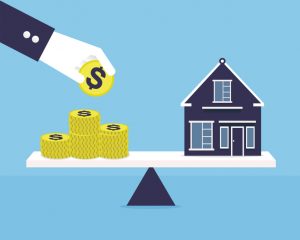As expected by the majority analysis, the Bank of Canada (BoC) kept its key policy rate unchanged at its first meeting of 2021.
The target overnight rate will be maintained at 0.25% where it has been since the beginning of the pandemic. This will keep the majority of bank’s prime rates at 2.45% and subsequently variable rates at the historic lows we have been seeing. The bank expects to maintain the policy rate at this level until 2023 when it sees its 2% target for inflation as sustainable as the combination of high household savings, excess capacity and pent up consumer demand returns to balance.

Furthermore, the bank will continue with its Quantitative Easing program of at least $4 billion a week which will keep the Government of Canada bond yields at the levels we are currently seeing. For the housing market, this means we can expect fixed interest rates to remain at their current levels.
The economy rushed back to life during the summer after grinding to a halt in early spring only to once again slow as the expected 2nd wave of the pandemic renewed lockdown type responses to surging infection rates. The earlier than expected arrival of vaccines – regardless of logistical challenges of getting needles into arms – has brought a certain optimism that the near term effects of the pandemic will dissipate in a reasonable amount of time. Economic growth in the 1st quarter of 2021 is expected to be negative but a strong rebound in the 2nd quarter is the beginning of robust growth for 2022 and a return to “normal” levels in 2023.
In summary, still some short term pain in the economy but the BoC will continue with its current measures of the virtually rock bottom policy rate and market intervening Quantitative Easing programs resulting in a continuation of record low interest rates for the next 12 months and possibly longer.

